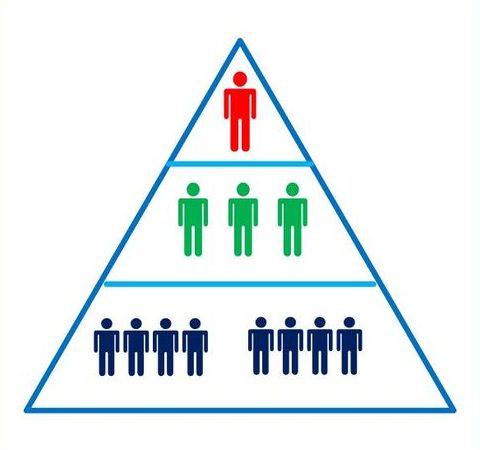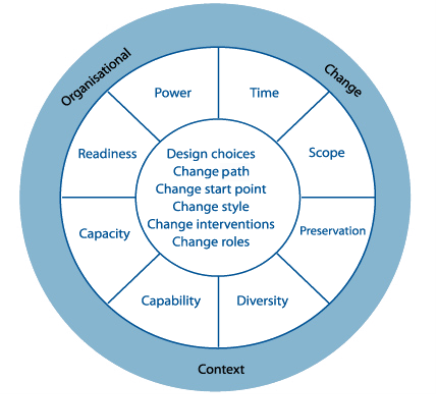Corporate entrepreneurship is one that generates and exploits new technologies, products, or businesses under the corporate umbrella of an established firm. Corporate entrepreneurship can speed up processes inside the company and helps to invent and commercialize innovative products or services. Corporate entrepreneurship is the process by which teams within an established company conceive, foster, launch and manage a new business that is distinct from the parent company but leverages the parent’s assets, market position, capabilities or other resources. Corporate entrepreneurship is also more than the development of new products; it also implies innovations to existing products or brands. Corporate entrepreneurship is also defined as the process of stimulating innovative ideas and processes. The common goal of the concept is creating wealth. This definition differs from the other two definitions above in the sense that it doesn’t mention the protection of an established firm as a characteristic of corporate entrepreneurship. InnovationContinue reading
Modern Management Concepts
What is Social Accounting?
Any business accountant of an enterprise or any organisation can describe the conditions of that organisation. Social accounting is that kind of movement by which everyone can analyze the same thing as like a business accountant. The main aim of social accounting is to produce data, indices and other information to help everyone about an organisation. Social accounting is also known in various names. These are social and environmental accounting, corporate social reporting, corporate social responsibility reporting, non-financial reporting or sustainability accounting. This is actually a procedure of communicating in which the social and environmental belongings of organisations (NGO, Charities, may be Government agencies etc.) are included. This is a way by which an organisation can express the level to which it meets its societal or ethical goals. Social accounting is distinct from evaluation in that it is an internally generated process whereby the organisation itself shapes the social accountingContinue reading
Implementing BPR in Hierarchical Authority Organizations
Today the business world is characterized by unpredictable changes, under the global competition and the customers’ demands. To be successful in such an environment, a firm must operate with speed, flexibility, low overheads and a clearly defined customer focus. The term business process reengineering (BPR) refers to an approach that is used by organizations seeking improvements in their business performance. Organizations consider BPR as an important tool of organizational improvement, as it helps them achieve the radical change necessary for today’s volatile business environment. Additionally, BPR stresses the importance of linkages within an organisation. Though its structure integrated processes are generated concerning the nature of people’s jobs and how people are grouped and organized in the working environment. What is more, through BPR people’s jobs become multidimensional instead of narrow and traditional task orientation. When the concept of process is promoted in the BPR, cross boundary teamwork is incorporated andContinue reading
Change Kaleidoscope – Change Management Models
Due to growing of globalization, advance technology, and organizational consolidation, change is nowadays become a crucial part of every organization in order to survive in changing business environment. To handle the change, change management is required in transitioning for both organizational and individual level to attain future desired change. Change at organizational level is related to strategy which will indicate organizational direction and activities. In developing effective organization strategy, both internal and external environments have to be taken into consideration. When the strategy has been changed as adapting to changing internal and external environments, strategic change is necessity to be utilized in change management in order to align change with developed strategy. As individual change is pivotal part of organization change, change management need to be adopted at individual level in order to initiate the change and consequently obtain successful organization change. Change Kaleidoscope was produced by Hope Hailey &Continue reading
Change Management Models – The Satir Change Model
Managing change in today’s organizations is not easy but doing it well is the new imperative. If companies want to survive and strive in today’s highly competitive environment, they have change quickly and yet successfully. Managing changes is now a core competency where organizations fall short in the race to adopt it. The increasing pace of change coupled with accelerating uncertainty. Change is something that makes people upset and has the higher potential of failures, loss production or failing quality. On the other end, there is a positive side of change, where the effects of change are important to the survival of the organization. From the perspective of employees both definition and understanding is essence to successfully managing change. As mentioned before uncertainty, a fear of unknown or an expectation of loss make people resistant to change. To eliminate this discomfort we have to make sure that people perceive theContinue reading
Value Analysis – Definition, Mechanism and Process
Value Analysis (VA) was established by Lawrence D. Miles of General Electric in America. The basic fundamental of value analysis can be implemented in any product to optimize its value. In more details, value analysis is actually a process of systematic review that is applied to existing product designs in order to compare the function of the product required by a customer to meet their requirements at the lowest cost by eliminating unnecessary costs that consistent with the specified performance and reliability needed. First of all, value analysis (and value engineering) is a formal and organized process of analysis and evaluation which required management activities including planning, control and coordination. These analysis concerns the function of a product such as utility, guarantee, or safety performance to meet the demands needed or required by a customer. Thus, to meet this functional requirement the review process must include an understanding of theContinue reading



